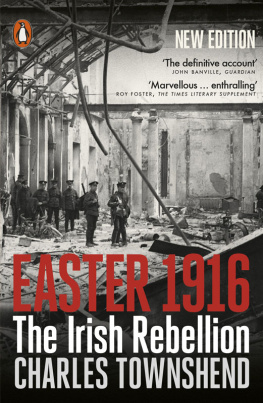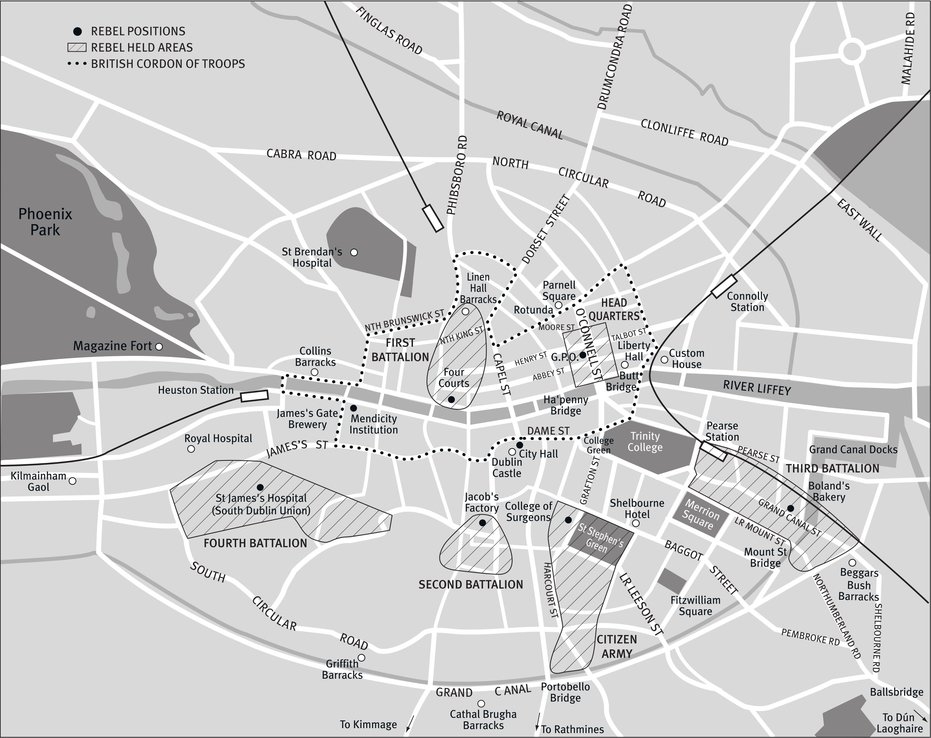There are a number of people I would like to thank for their assistance with this biography . Lorcan Collins was open to my willingness to tackle Heuston, and both he and Run ODonnell have helped to keep the project on track. Edward Madigan gave me the benefit of his expertise on a number of occasions. I would like to thank the following individuals for generously providing me with leads, sources, and suggestions: Niall Bergin, David Kilmartin , Jim Langton, Damien Lawlor, Des Long, Shane Mac Thomais, Eamon Murphy, Andrias Cathasaigh, Brian Conchubhair, and Jim Stephenson. I would also like to thank Pdraig g Ruairc for permitting me to consult the late Donnchadh Sheas unpublished manuscript Na Fianna Eireann, 1909-1975. I naturally wish to thank the staff of the various archives and libraries in which I worked, especially Anne-Marie Ryan, formerly of Kilmainham Gaol; Brother Patrick Brogan of the Allen Library; and Peter Rigney of the Irish Railway Record Society Archives. At OBrien Press Helen Carr has been an exemplary editor, and the text has benefited enormously from her scrutiny. Finally, I wish to thank my parents, Joan and Charlie, and Liza Costello for their encouragement and patience.
184551. The Great Hunger in Ireland. One million people die and over the next decades millions more emigrate.
1858, March 17. The Irish Republican Brotherhood, or Fenians , are formed with the express intention of overthrowing British rule in Ireland by whatever means necessary.
1867, February and March. Fenian Uprising.
1870, May. Home Rule movement , founded by Isaac Butt, who had previously campaigned for amnesty for Fenian prisoners
187981. The Land War. Violent agrarian agitation against English landlords.
1884, November 1. The Gaelic Athletic Association founded immediately infiltrated by the Irish Republican Brotherhood (IRB).
1893, July 31. Gaelic League founded by Douglas Hyde and Eoin MacNeill. The Gaelic Revival, a period of Irish Nationalism, pride in the language, history, culture and sport.
1900, September.Cumann na nGaedheal (Irish Council) founded by Arthur Griffith.
190507.Cumann na nGaedheal, the Dungannon Clubs and the National Council are amalgamated to form Sinn Fin (We Ourselves).
1909, August. Countess Markievicz and Bulmer Hobson organise nationalist youths into Na Fianna ireann (Warriors of Ireland ) a kind of boy scout brigade.
1912, April. Asquith introduces the Third Home Rule Bill to the British Parliament. Passed by the Commons and rejected by the Lords, the Bill would have to become law due to the Parliament Act. Home Rule expected to be introduced for Ireland by autumn 1914.
1913, January. Sir Edward Carson and James Craig set up Ulster Volunteer Force (UVF) with the intention of defending Ulster against Home Rule.
1913. Jim Larkin, founder of the Irish Transport and General Workers Union (ITGWU) calls for a workers strike for better pay and conditions.
1913, August 31. Jim Larkin speaks at a banned rally on Sackville Street; Bloody Sunday.
1913, November 23. James Connolly , Jack White and Jim Larkin establish the Irish Citizen Army (ICA) in order to protect strikers.
1913, November 25. The Irish Volunteers founded in Dublin to secure the rights and liberties common to all the people of Ireland.
1914, March 20. Resignations of British officers force British government not to use British army to enforce Home Rule, an event known as the Curragh Mutiny.
1914, April 2. In Dublin, Agnes OFarrelly, Mary MacSwiney, Countess Markievicz and others establish Cumann na mBan as a womens volunteer force dedicated to establishing Irish freedom and assisting the Irish Volunteers.
1914, April 24. A shipment of 35,000 rifles and five million rounds of ammunition is landed at Larne for the UVF.
1914, July 26. Irish Volunteers unload a shipment of 900 rifles and 45,000 rounds of ammunition shipped from Germany aboard Erskine Childers yacht, the Asgard. British troops fire on crowd on Bachelors Walk, Dublin. Three citizens are killed.
1914, August 4. Britain declares war on Germany. Home Rule for Ireland shelved for the duration of the First World War.
1914, September 9. Meeting held at Gaelic League headquarters between IRB and other extreme republicans. Initial decision made to stage an uprising while Britain is at war.
1914, September. 170,000 leave the Volunteers and form the National Volunteers or Redmondites . Only 11,000 remain as the Irish Volunteers under Ein MacNeill .
1915, MaySeptember. Military Council of the IRB is formed.
1915, August 1. Pearse gives fiery oration at the funeral of Jeremiah ODonovan Rossa.
1916, January 1922. James Connolly joined the IRB Military Council, thus ensuring that the ICA shall be involved in the Rising. Rising date confirmed for Easter.
1916, April 20, 4.15pm.The Aud arrives at Tralee Bay, laden with 20,000 German rifles for the Rising. Captain Karl Spindler waits in vain for a signal from shore.
1916, April 21, 2.15am. Roger Casement and his two companions go ashore from U-19 and land on Banna Strand. Casement is arrested at McKennas Fort.
6.30pm.The Aud is captured by the British navy and forced to sail towards Cork Harbour.
22 April, 9.30am.The Aud is scuttled by her captain off Daunts Rock.
10pm. Ein MacNeill as chief-of-staff of the Irish Volunteers issues the countermanding order in Dublin to try to stop the Rising.
1916, April 23, 9am, Easter Sunday. The Military Council meets to discuss the situation, considering MacNeill has placed an advertisement in a Sunday newspaper halting all Volunteer operations . The Rising is put on hold for twenty-four hours. Hundreds of copies of The Proclamation of the Republic are printed in Liberty Hall.
1916, April 24, 12 noon, Easter Monday. The Rising begins in Dublin.

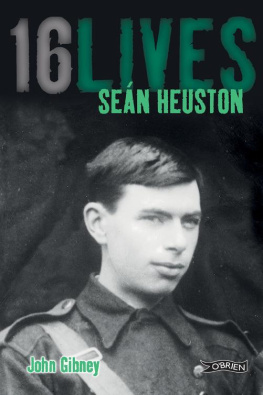



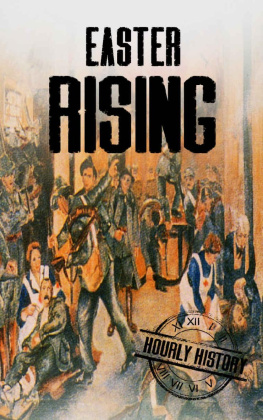

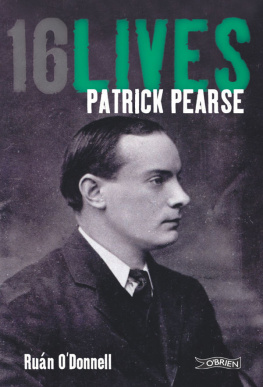
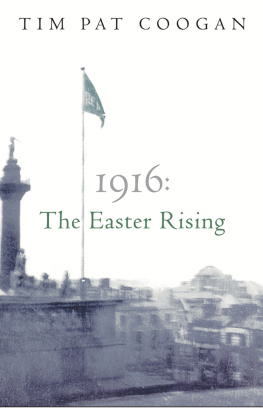
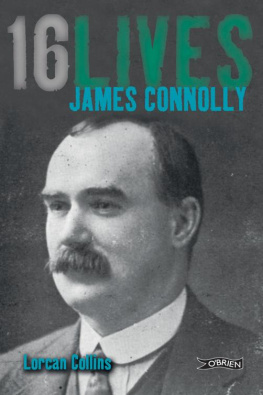
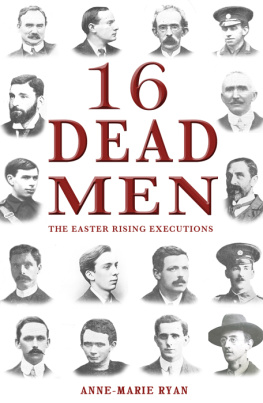
![Lorcan Collins [Lorcan Collins] - 1916: The Rising Handbook](/uploads/posts/book/143326/thumbs/lorcan-collins-lorcan-collins-1916-the-rising.jpg)
